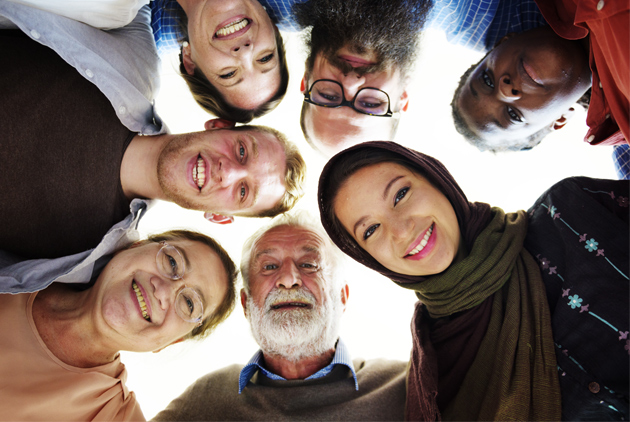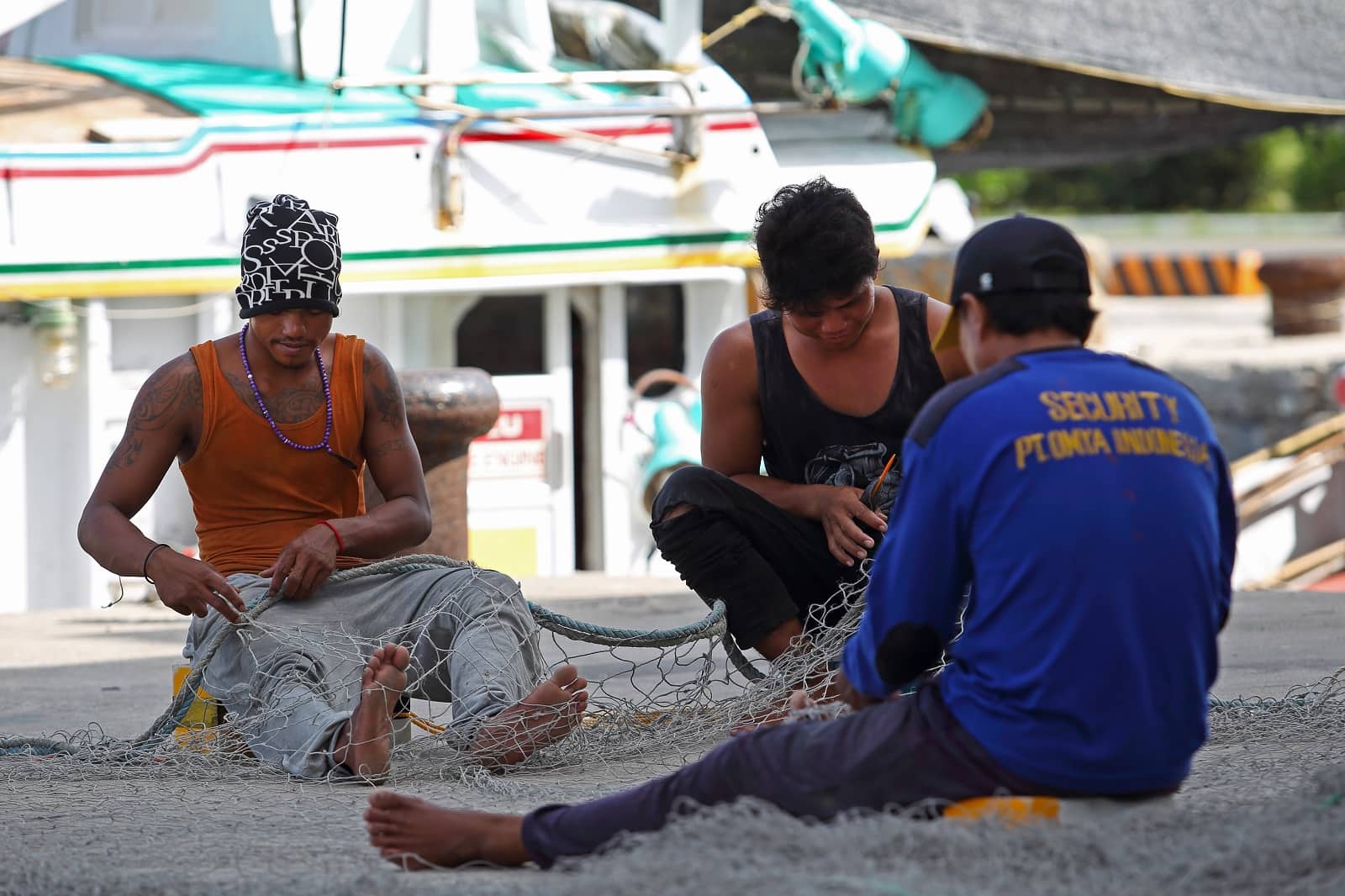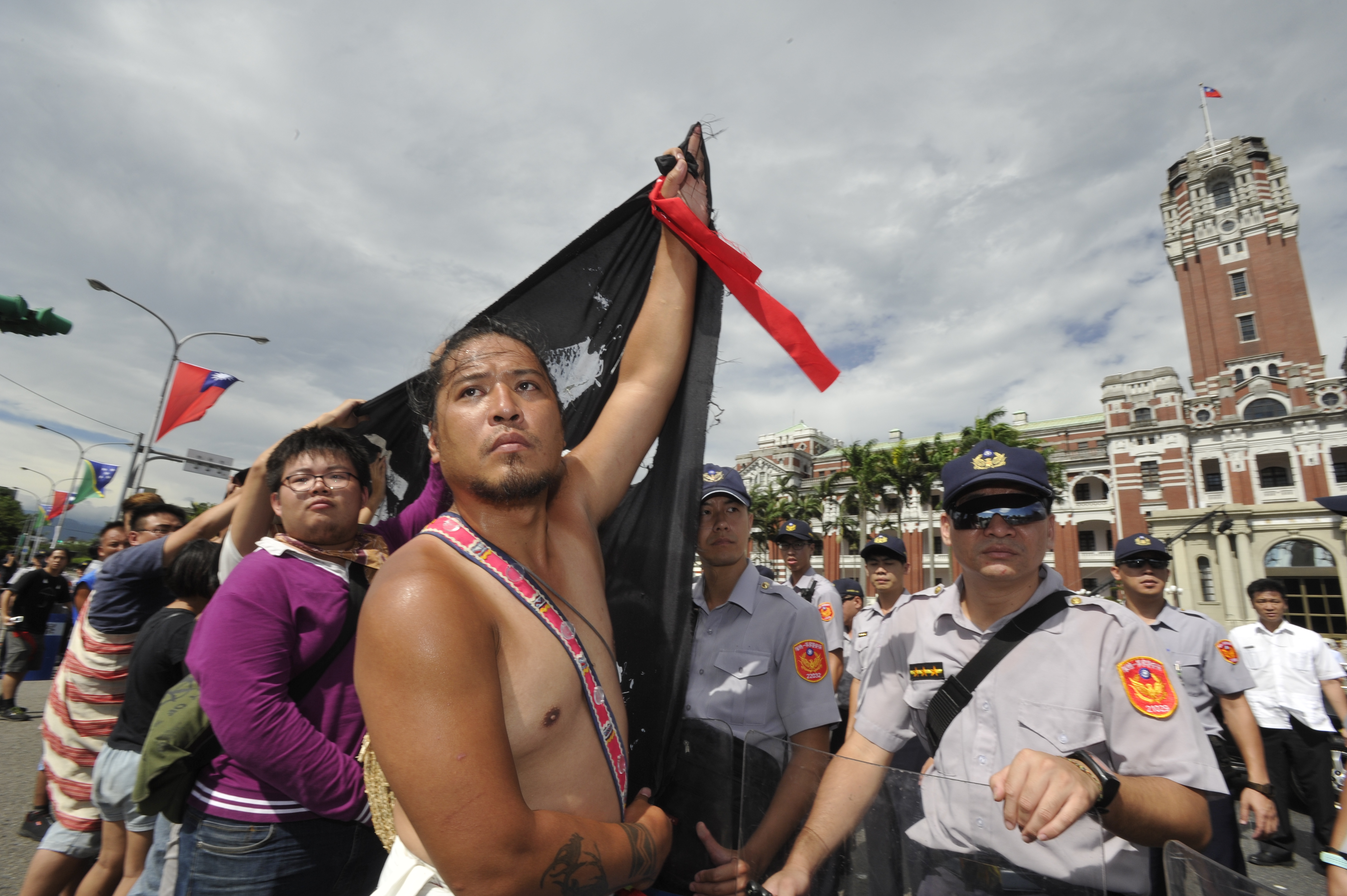Taiwan needs a truly multicultural society

Source:Shutterstock
A genuine multicultural and open society requires much more than just slogans, statistics or pretty posters. There is more that Taiwan can do to become a more open and multicultural society.
Views
Taiwan needs a truly multicultural society
By Hilton Yipweb only
Over the past year, Taiwan has been able to control COVID and avoid lockdowns, earn a lot of positive global attention, and enjoy solid economic growth. But there is more that Taiwan can do to build on this success such as working towards becoming a more open and multicultural society.
In a sense, Taiwan is multicultural with the local usage of various languages and its several ethnic Han groups and aboriginal peoples, of which there are 16 officially recognized tribes. There is also a growing population of children born to Taiwanese and Southeast Asian parents. However, at the same time, society is still over 90 percent ethnic Han, features a mainstream Han culture that marginalizes aboriginals, and policies that restrict the integration of non-local residents and hinder naturalization.
As a nation that prides itself on being a “liberal” democracy, Taiwan is not actually that open to foreigners living here who wish to become more than just long-term guests.
 (Source: Tainan government)
(Source: Tainan government)
For instance, Taiwan bans dual citizenship for foreign applicants who wish to naturalize, with the exception of a narrow category of “high-level professionals.” As of December 2020, only 171 people have become citizens in Taiwan through this category since it was established at the end of 2016. As the majority of foreign residents are not eligible for this exemption, they cannot naturalize without having to give up their original citizenship, which prevents them from voting in elections, presents difficulties in starting businesses and accessing banking services, and makes them ineligible for some social subsidies.
 (Source: Chien-Tong Wang)
(Source: Chien-Tong Wang)
Meanwhile, the many hundreds of thousands of Southeast Asian migrant workers in Taiwan are not even provided with residency status, making them vulnerable to exploitation and abuses from their employers. They are even subject to a limit on the number of years they can work in Taiwan, and a large proportion of these workers are not eligible for overtime, occupational injury compensation, and retirement benefits.
Besides this, there are further reasons for having a more open society.
As Taiwan has had low birth rates for many years, its population has started shrinking since 2020 as deaths outnumbered births by almost 8,000. Taiwan is already an aged society with a decreasing workforce who will have to bear a heavier tax burden to support existing social services for a growing number of seniors.
While Taiwan has tried to encourage women to have more babies through subsidies, these are not enough nor realistic given the strains of work and modern lifestyles, and the high price of homes. The only other way to boost the population is through immigration, which is hampered by the dual citizenship ban.
The relative low numbers of non-ethnic Han people living in Taiwan, as well as the narrow range of roles that they play in society, mean that many Taiwanese are not used to them as classmates, colleagues, fellow citizens, and hence, equals. For many locals, a white person must be a bushiban teacher or tourist, a Filipino must be a factory worker, an Indonesian must be a domestic helper, and a mainland Chinese or Vietnamese must be wives of Taiwanese men. These people are not only considered outsiders but also openly labeled as such. Laowai, wailao, and dalumei are somewhat pejorative words used to refer to, respectively, white foreigners, Southeast Asian migrant workers, and mainland Chinese women married to Taiwanese men.
Taiwan could look across the Taiwan Strait to see the pitfalls of treating minorities as symbols instead of fully functioning members of society.
China has dozens of official minority groups which make up about 10 percent of its population, which is actually more than the two percent which aboriginals make up in Taiwan.
During events such as annual national political meetings, minority delegates often dress up in official costumes, presenting a vibrant image that is at odds with reality. In addition, minority celebrities such as models and actresses are also highlighted for the same reason. Then there are the more insidious ways in which minorities in certain regions are subject to oppressive measures and made to stop practicing elements of their own cultures and religions.
Hong Kong also presents another negative example of how minorities are treated in society.
As with Taiwan, Hong Kong is also over 90 percent ethnic Han. While not widely known, there is a significant resident minority of South Asians, from India, Nepal and Pakistan, whose families have lived in Hong Kong for generations. But in contemporary times, these minorities are often marginalized in schools and workplaces, and face discrimination by the authorities and the public.

In Taiwan, while aboriginals do enjoy more political and civil freedoms, they also face disadvantages in society. Just like the South Asian minorities in Hong Kong, aboriginal communities experience serious disadvantages such as inadequate schooling, lack of jobs, and lack of access to business funding. And similarly to the contrived pageantry of minority delegates at official events in China, aboriginal culture such as traditional dress, music and festivals are frequently showcased for tourism purposes. This might seem like a good thing at first but it is actually reductive if this is all aboriginals are perceived as, while being deprived of both being able to practice their traditional lifestyles whilst also not having opportunities in society to be academics, doctors, entrepreneurs, civil servants, and so on.
To foster more inclusiveness, Taiwan will have to encourage not just more immigration but also facilitate more integration of its foreign residents and its disadvantaged minorities.
There are numerous ways to do this such as ending the dual citizenship ban for foreign applicants, enabling migrant workers to apply for residency status, and promoting job opportunities for foreign students in Taiwan, as well as establishing more interactions with Southeast Asian countries such as student exchanges and NGO cooperation. Meanwhile, the government’s 2030 Bilingual Nation program is a step in the right direction in promoting the wider use of English, while the teaching of Hakka, aboriginal, and Southeast Asian languages in schools is another.
After all, a genuine multicultural and open society requires much more than just slogans, statistics or pretty posters.
About the author:

Hilton is a writer and editor based in Taipei who has worked in East Asia for over 10 years.
He writes about Taiwan, Hong Kong, and China on a range of topics including regional security, socio-economic and political issues, and business.
Have you read?
♦ My Experience as a Migrant Worker, Migrant Wife and Migrant Activist in Taiwan
♦ Taiwan Indigenous Communities Call for Young People’s Return
♦ Winds of change: The radical potential of the Keelung Migrant Fishermen’s Union
Uploaded by Penny Chiang






